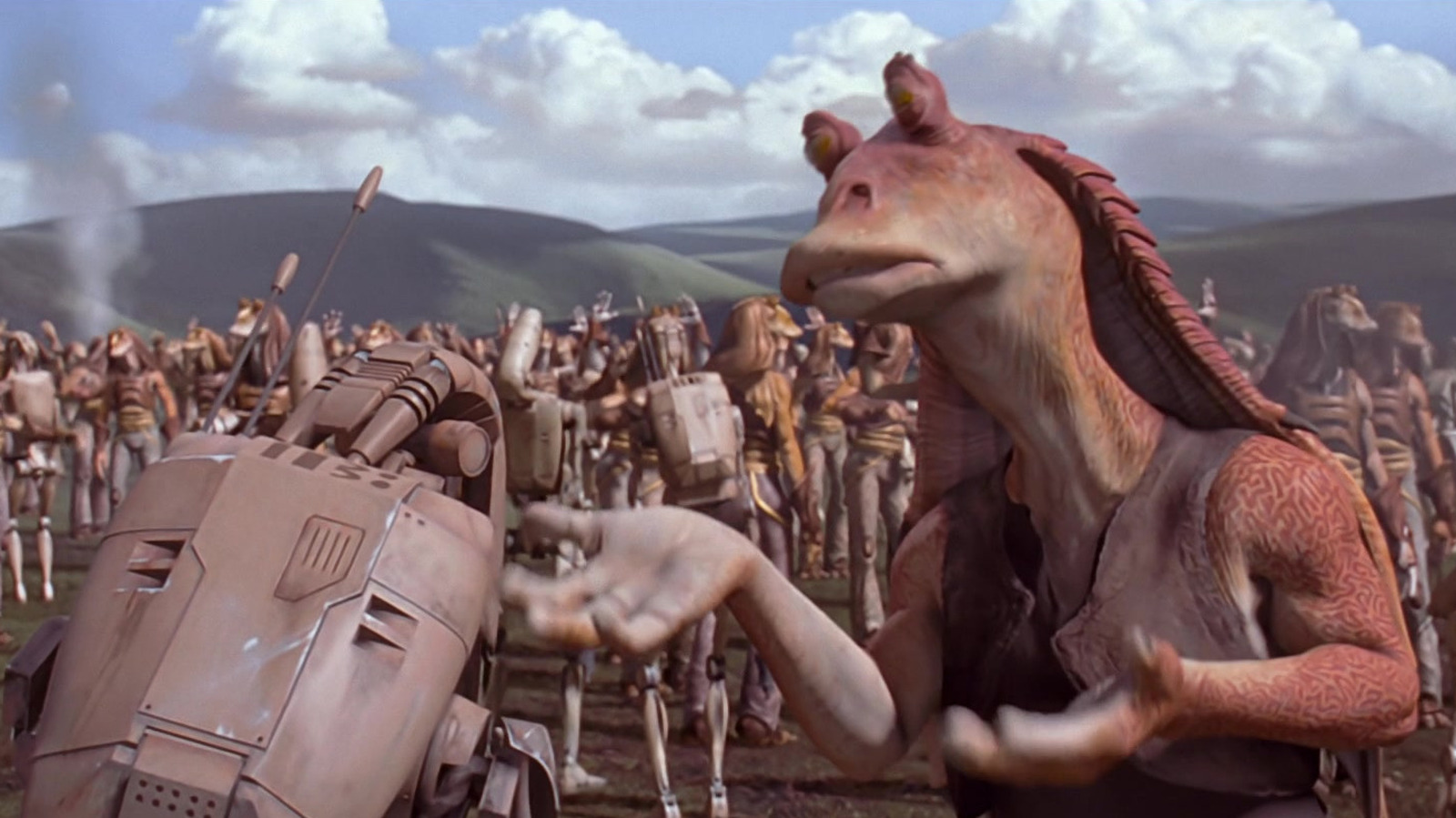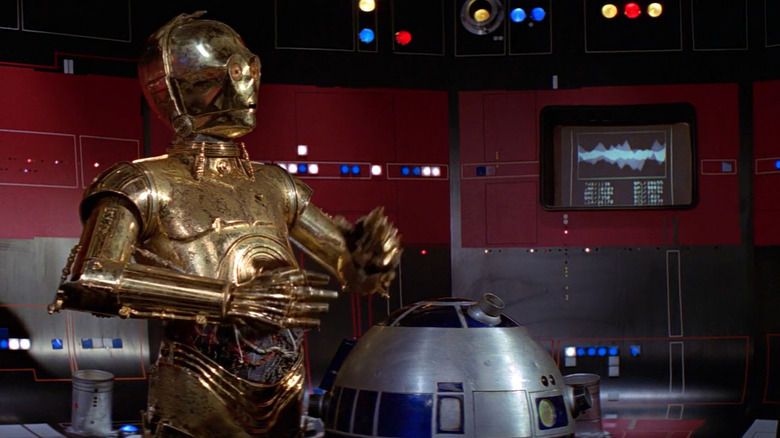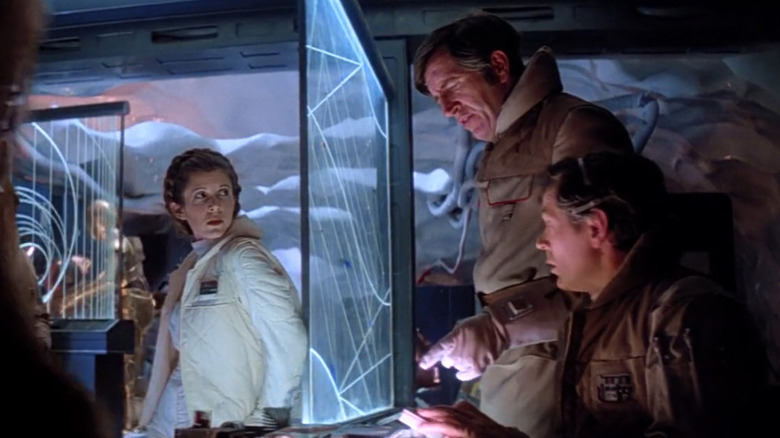In the case of “American Graffiti,” the past was the calm before the storm, back when life was nothing but potential energy and the future was ready to be explored. In the case of the “Star Wars” films, it was a time when brave heroes rose up to battle fascism and evil empires regularly tumbled.
The future, Lucas feels, is a dour time, and nothing good will happen to humanity when we get there. At the end of “American Graffiti,” for instance, on-screen chyrons note that several of the characters died tragically, one in a car wreck and another in Vietnam, while others now live boring, adult lives that are far from their teenage dreams. Nowhere, however, is the future more bleak than in Lucas’ 1971 feature directing debut “THX 1138,” a hard-edged dystopian work and the only film Lucas has helmed that’s set beyond the modern day.
“THX 1138” takes place in an unstated year where sex and reproduction have been banned by the government. Everyone lives caged in glowing white rooms and their names have been replaced with letter-and-number designations. Emotions are verboten as well, and everyone is deadened with drugs. Robert Duvall plays THX 1138, a barely-alive wonk who works at a factory that builds the fascist police robots seen in every hallway. People worship a state-sponsored Messiah figure called OMM 0000, implying that even spirituality has been commodified.
Lucas is clearly fond of “THX 1138,” so much so that he has revisited the title many times throughout his career. Attentive “Star Wars” fans will likely have spotted the letters THX or the numbers 1139 hiding in the background of many of his movies.



